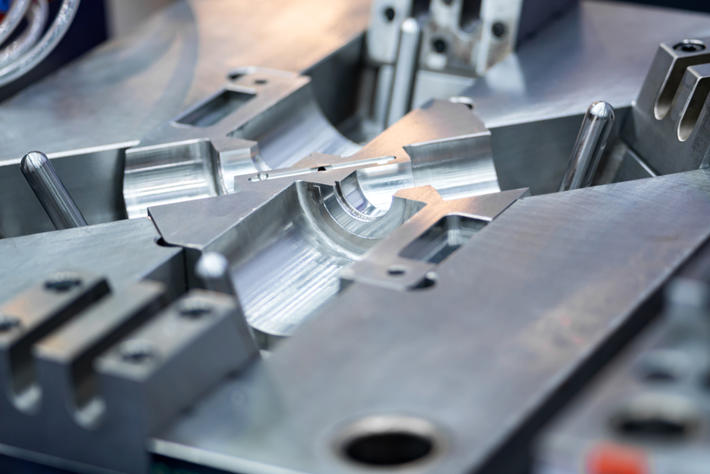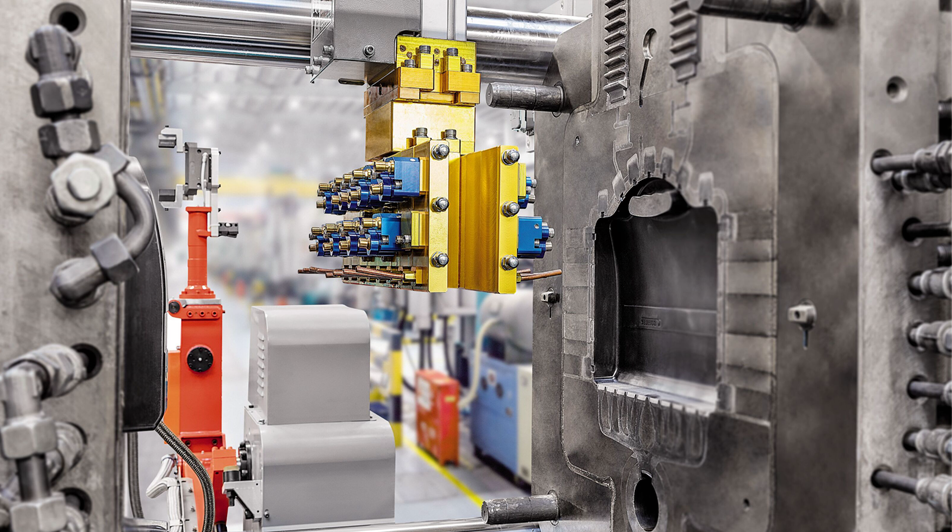Creating a die casting mold is a complex process that requires skill and precision. Die casting is a manufacturing process in which molten metal is injected into a mold to form a specific shape. The mold is created through a process called die casting mold making, which involves several steps.
The first step in creating a die casting mold is designing the part. The part is designed using computer-aided design (CAD) software, which allows the designer to create a 3D model of the part. The CAD software also allows the designer to make adjustments to the part as needed.
Once the part is designed, the next step is to create a mold for the part. The mold is made out of steel and is created through a process called tooling. Tooling involves the use of specialized cutting and shaping tools to create the mold.
The mold is created in two halves, the top half and the bottom half. The top half of the mold is called the cover die, while the bottom half is called the ejector die. The two halves of the mold are held together using a clamping unit.
Once the mold is created, it is tested to ensure that it produces parts that meet the required specifications. This testing process is called sampling. During sampling, the mold is used to create a small number of parts, which are then inspected to ensure that they meet the required specifications.

After the mold has been tested and approved, it is ready to be used in production. The molten metal is injected into the mold using a machine called a die casting machine. The machine forces the molten metal into the mold at high pressure, which helps to ensure that the part is formed correctly.
Once the part has been formed, the mold is opened and the part is removed. The part is then inspected to ensure that it meets the required specifications. If the part does not meet the required specifications, adjustments may need to be made to the mold.
Creating a die casting mold is a complex process that requires skill and precision. However, with the right tools and techniques, it is possible to create high-quality molds that produce accurate and reliable parts.
-

- Magnesium alloy thixomolding die-casting UAV parts
-

- Magnesium alloy foundry parts bicycle wheel with CNC machining & surface finishing
-

- Mangensium alloy die-casting Thixomolding metal brakets
-

- Electric Bicycle Magnesium Alloy 12 inch Integrated Wheel 36v10ah Electric Moped
-

- Popular Children’s Sports Bicycle High Quality Children’s Balance Bike Children’s Bicycle
-

- CNC machined parts Steering bracket

 0086-750-5616188
0086-750-5616188 +86 13392089688
+86 13392089688 sales@zhongmei-tech.com
sales@zhongmei-tech.com







